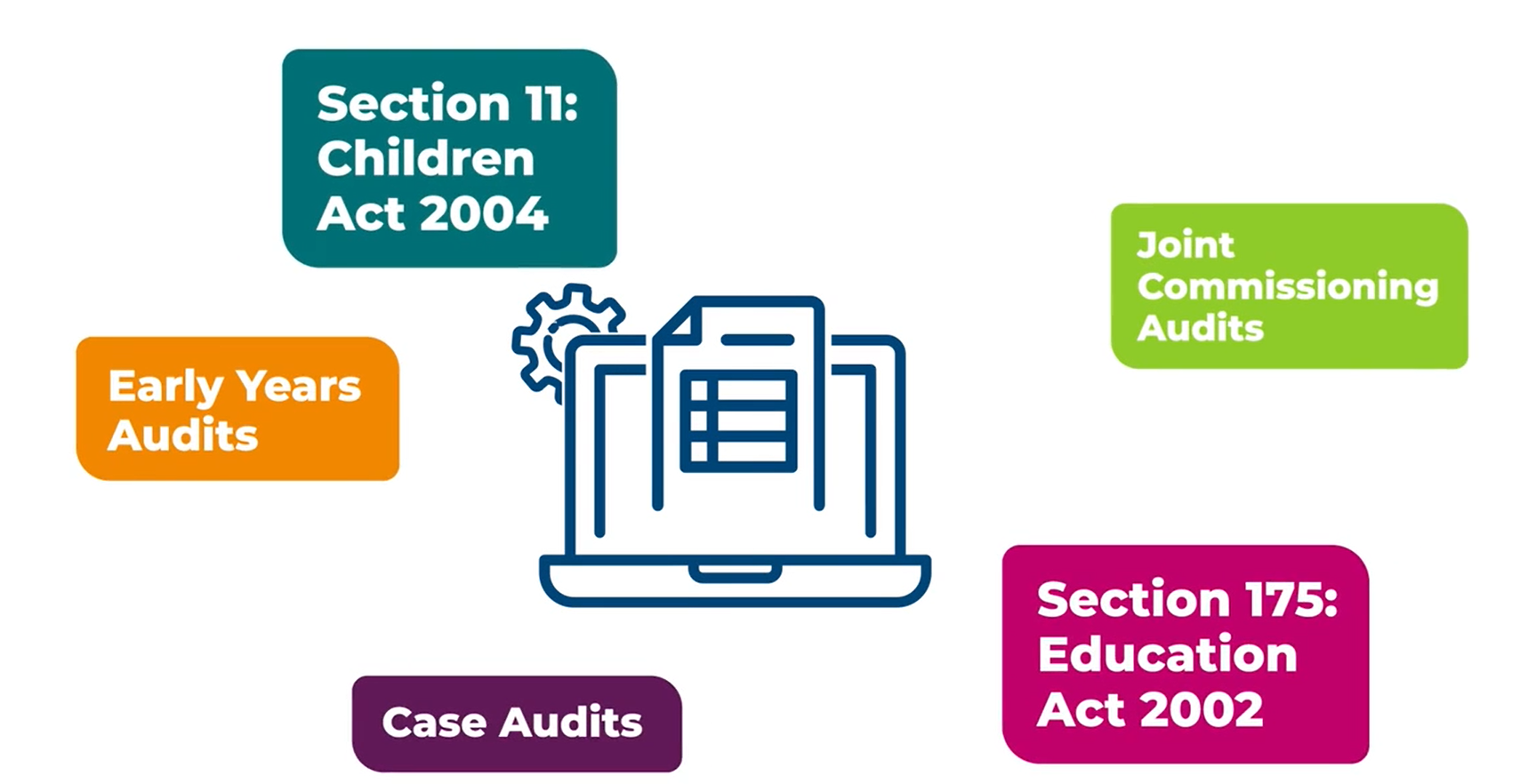Creating a live view of an historical audit
The reason for auditing and its value
Whilst many people appreciate the need to conduct audits, statutory or not, the frustration, time, resource and commitment of designing and completing these, along with the consternation of how the data is used, if at all, and the inability to use audits as a working tool, builds a lack of trust and willingness to complete them.
Creating a live view of an historical audit
An audit can easily be interpreted as a ‘snapshot in time’, but our stakeholders tell us that it isn’t simply a static document which is only of use at that time, it can be much more than this.
Even though an audit is designed to present a snapshot at that particular point, what you might not know is that you can actually take the basic premise for the audit and evolve it into a constantly developing and proactive tool that can be used as a framework for improvement for both the organisation responding and those managing the audit. This also allows an organisation to easily spot trends through comparison.
The importance of an audit
It is vital that schools and colleges are able to demonstrate that they are meeting key statutory duties and following safeguarding children and young people guidance as outlined in Section 175 of the 2002 Education Act.

Completing the annual Section 175 audit may seem like extra work to do on top of already busy schedules, especially if it is paper-based, but compliance is necessary – mandatory in most cases. Ensuring that education providers can respond easily to an audit and that it’s also useful for them, is key to making it a meaningful tool for success.
Neal Balfour, Business Support Officer at Dudley Safeguarding People Partnership, told us that: “Gaining completed audits was a real challenge when we used paper methods and we would spend a great deal of time chasing people for them. As they mostly consisted of tick boxes, it was difficult to generate meaningful reports from them or be able to challenge respondents on their answers.
“We knew how important it was to make the process easier for both ourselves and our clients and moving the process to an online audit tool was the best thing we did for improving compliance and reporting.”
An evolving tool
An integral part of an audit is the action plan. Once this is completed, it provides a snapshot of how the school or college is performing at that given moment. However, this can be used in more ways in the future.
If they refer to the answers given the year before and bring them forward to the current year’s audit, everything is saved together as a reference document. By using the action plan and updating it regularly, a gap analysis can be produced, along with SMART planning. It can also be used to report dynamically on how the school is taking care of the people within it and the findings can be presented to the governing body.
Essentially, it becomes a collaborative tool that can be used to drive education providers forward with a clear snapshot of where they are right now, so that the decisions made become much more informed and specific areas can be targeted for improvement.
Jon Needham, Director of Safeguarding at Oasis Community Learning, explained: “The action plan for schools is a real bonus. They download it as an Excel document to refer to and we hold regular meetings with safeguarding teams to see how the action plan is being used and whether the necessary actions are being carried out. It’s also a valuable tool to present to the Local Authorities when required.”
Audit completion made easy
Completing an audit is not only an intelligent way to find out how well an organisation is operating at that moment in time; it also offers a future plan that is targeted.
Phew’s Audit System is purpose-built for supporting safeguarding teams with conducting any type of local or regional audit, including Section 11 and 175’s. It is a transparent system that’s easy to use and accessible to all levels of computer competency. Proven to save time and money, it’s an online-based system that allows respondents to be emailed their required audit, along with all follow-up communications, including reminders and confirmations.
Questions within the system are not prescriptive, they can be tailored accordingly. Multiple question formats are available and sector-specific questions can be restricted by respondents’ organisation type. ‘Stop and Save’ functionality offers users more flexibility to complete the survey questions at their own pace before submitting the final version.
 Detailed automated reports provide an overview of actions taken at an audit, organisation type and respondent level, including a visual spider-gram to compare self-assessment rating versus Board rating. Trends can also be easily identified through the reports which can highlight any issues which need to be addressed.
Detailed automated reports provide an overview of actions taken at an audit, organisation type and respondent level, including a visual spider-gram to compare self-assessment rating versus Board rating. Trends can also be easily identified through the reports which can highlight any issues which need to be addressed.
Sam Anderson, Business Manager at Dudley Safeguarding People Partnership, commented: “It was evident from the moment we engaged with Phew that as sector specialist, they understood the day-to-day challenges we face as a Partnership.
“With their approach of working with the sector to design systems, we quickly saw the potential of the Audit System for both our stakeholder and internal team. Our close working relationship with them has now extended into our Section 175 and other audits that we’d previously always struggled to collect.
“Although their tools allow us to do everything we need to, the team are always there to support and advise us, and the key to that is sharing both regional and national best practice.”
Further highlights of the tool are that it integrates seamlessly with existing systems, is responsive on all devices, and it can be fully branded to assimilate an organisation’s image.
Would you like to find out more about Phew’s Audit System? We can provide a free demo at your convenience, so please get in touch at hello@phew.org.uk as we would be happy to arrange this.
